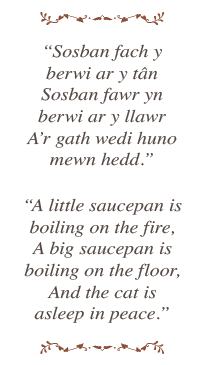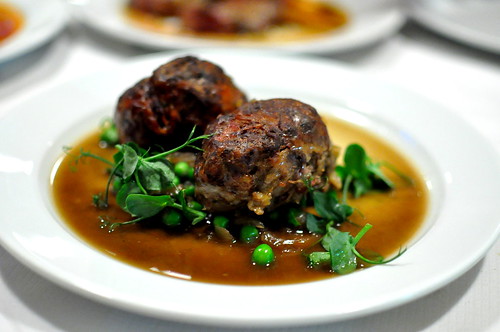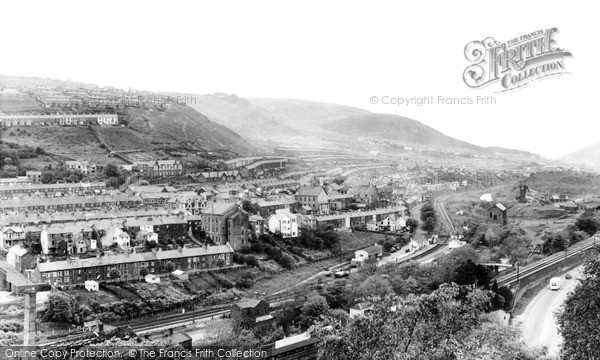Another anticipated arrival to our street was the bakers van, selling his wares. Who knows what his name really was, but traditionally in Wales everyone was known by their name and profession
Ahhhhh, the smell of any bakery now takes me back to that van. Peaking in and seeing all those delicious products, that as a kid one could only dream about; loaves of still warm breads, doughnuts, pastry items and all manner of sweet cakes. All proudly displayed on wooden trays. Amongst them of course would be Welsh cakes, but we never bought them because no one made better Welsh cakes than my grandmother. My father’s mother was a Welsh cake maker extraordinaire. Cooked either on a coal range or in its oven using a round thick cast iron ‘stone’, which I believe my grandfather made her. I am lucky enough to now be the very proud owner of that stone.

A great aunt of mine; my Auntie Lynne (wife of my grandmother’s brother) was also a dab hand at baking these great delights. Right up until her passing, whenever I visited Wales as an adult, she would always have a batch of picau ar y maen made for me.
Probably another dying art is the home made welsh cake. Because on my more recent trips home, they are for sale everywhere and sell, well like hotcakes. But as with anything, nothing beats homemade. Maybe the decline in cooking a batch of homemade welsh cakes is not due to laziness, but more to do with the closure of the collieries, and the decline of coal burning stoves. At least, I would like to think it is, it is certainly a more romantic notion with which to wax lyrical about anyway.
The trick to a great welsh cake is to ensure they are cooked throughout without burning them, but at the same time, they should be more than just a light golden brown. A good dark golden brown is best, this imparts the true flavour to them. If they are too light in colour, the flavour can be rather bland.
recipe - welsh cakes
200 gm flour
Probably another dying art is the home made welsh cake. Because on my more recent trips home, they are for sale everywhere and sell, well like hotcakes. But as with anything, nothing beats homemade. Maybe the decline in cooking a batch of homemade welsh cakes is not due to laziness, but more to do with the closure of the collieries, and the decline of coal burning stoves. At least, I would like to think it is, it is certainly a more romantic notion with which to wax lyrical about anyway.
The trick to a great welsh cake is to ensure they are cooked throughout without burning them, but at the same time, they should be more than just a light golden brown. A good dark golden brown is best, this imparts the true flavour to them. If they are too light in colour, the flavour can be rather bland.
recipe - welsh cakes
200 gm flour
½ tsp baking powder
¼ tsp mixed spice
050 gm butter
050 gm lard
075 gm castor sugar
050 gm currants
001 pc egg
030 ml milk
preparation method
¼ tsp mixed spice
050 gm butter
050 gm lard
075 gm castor sugar
050 gm currants
001 pc egg
030 ml milk
preparation method
sieve the flour, baking powder and mixed spice together. Rub in the lard and butter. Add the sugar and the currants, then the egg and sufficient milk to form into a firm paste. Roll out on a floured board to a thickness of 1cm and cut into rounds. Cook on a greased griddle or a heavy based frying pan for about 3 minutes on each side or until a golden brown. Cool and sprinkle with sugar if desired








